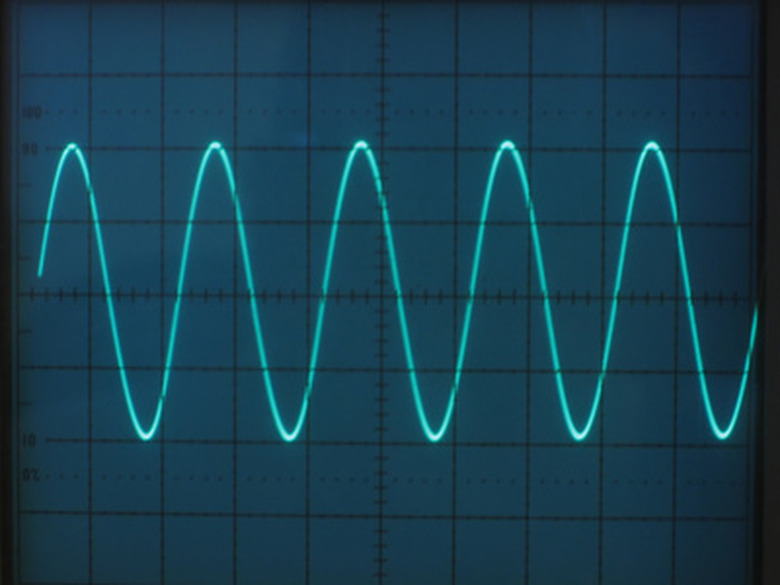DC Vs. AC Voltage
Electricity is the flow of electrons through a conductor. Voltage is the pressure exerted by those electrons. AC means alternating current and DC means direct current. Both terms refer to how electricity flows.
Alternating Current
Alternating Current
Alternating current flows in two directions in an alternating cycle. Voltage flowing in one direction increases to a peak voltage and decreases back to zero at which point the flow reverses direction, rises to a peak and decreases back to zero.
Direct Current
Direct Current
Direct current is constant and unchanging. The current flow is one direction and at a constant level.
Household Electricity
Household Electricity
The electricity supplied to homes in the United States is 120 volts AC at 60 Hertz. The cycle of positive and negative flow is completed 60 times per second.
AC Efficiency
AC Efficiency
Alternating current is efficient to deliver over long distances. Because the average voltage is zero, the average loss is zero. Thomas Edison wanted to wire the country for DC voltage and later admitted it would have been a mistake.
DC Efficiency
DC Efficiency
The constant pressure of DC voltage provides exceptional power for devices such as electric motors. This makes it efficient for certain uses, such as the starter motor on an automobile or to run heavy machinery in a factory.
Conversion
Conversion
DC voltage may be converted to AC voltage using an inverter. AC voltage may be converted to DC voltage by using a rectifier.
Cite This Article
MLA
Logan, Michael. "DC Vs. AC Voltage" sciencing.com, https://www.sciencing.com/dc-vs-ac-voltage-6185202/. 24 April 2017.
APA
Logan, Michael. (2017, April 24). DC Vs. AC Voltage. sciencing.com. Retrieved from https://www.sciencing.com/dc-vs-ac-voltage-6185202/
Chicago
Logan, Michael. DC Vs. AC Voltage last modified March 24, 2022. https://www.sciencing.com/dc-vs-ac-voltage-6185202/
